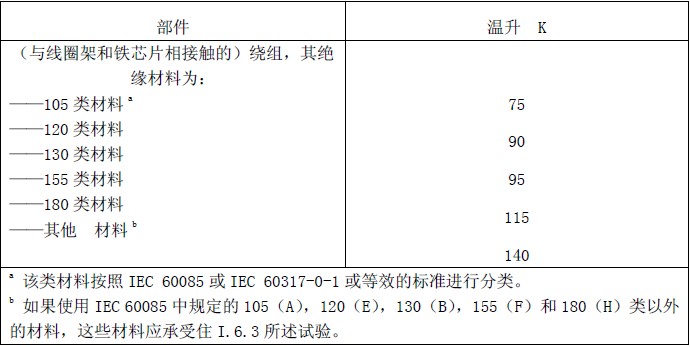First, the security part
LEDs do not require preheating and trigger pulses when starting operation; they operate at very low safety voltages during normal operation, which is a unique advantage of LEDs compared to other gas discharge sources. In order to make full use of these advantages of LEDs, designing an LED control device with excellent performance is an important task to ensure that the advantages of the illumination LED are fully utilized. When designing the LED control device, the type of the LED control device to be designed should first be determined according to the classification requirements of Chapter 6 of GB19510.14/IEC61347-2-13.
(1) Classification and application of LED control devices
1. Auto-coupled control device
The LED auto-coupling control device refers to a control device whose internal output circuit is internally connected to the power supply circuit (for example, a circuit such as a capacitor or an inductor current limit). The output voltage of this control device can also achieve the same voltage level as the safety extra low output voltage, but due to its internal non-isolated output characteristics, although the voltage value between the two output terminals meets the safety extra low output voltage The requirements, but the ground voltage of each output terminal is not able to meet the safety extra low voltage (SELV) requirements in various applications. Such control devices are not part of the LED control device of the SELV mark, between the input and output terminals and the accessible external metal, for the built-in control device, the protection against electric shock at least meets the requirements of basic insulation; for the stand-alone control device , should meet the Class I or Class II protection against electric shock.
Scope of application:
Since such control devices do not use isolation measures internally, their conversion efficiency is relatively high, and is generally suitable for occasions where the output voltage does not need to reach SELV and/or where the lamp has sufficient protection against electric shock.
2. Equivalent safety extra low voltage or isolated control device
Such an LED control device as a whole has an anti-shock function as an isolation transformer with dual or reinforced insulation between the primary/secondary. In the internal output circuit and the power supply circuit (including between the circuit and components on the printed circuit board and inside the isolation transformer), the creepage distance and clearance should be for the power supply network (1) not higher than 250V. Not less than 6 to 7 mm (depending on the pollution level). (2) When the input terminal is under the rated power supply voltage, its output voltage should not be higher than the limit of SELV voltage (effective value ≤ 50V). If the rated output voltage is ≤25V (effective value), the no-load output voltage is ≤33V (effective value) and the peak value is ≤33√2V, the output terminal can be exposed. (3) Between the output terminal and the power supply circuit. Capacitors that are connected to double or reinforced insulation for EMC protection or control requirements should be Y1 capacitors or two Y2 capacitors in series with the same parameters.
Scope of application:
Such control devices shall be installed in a luminaire or a housing with similar protective functions, but the output terminals may be protected from electric shock and exposed when the above conditions are met.
3. Independent safety extra low voltage control device
In addition to the above requirements of “equivalent safety extra low voltage or isolated control deviceâ€, the independent safety extra low voltage control device must meet the following requirements:
(1) logo
The independent safety extra low voltage control device has the following unique features on the product logo: ta — because it is an independent installation method, it can be understood as the electrical box part of the luminaire. According to the requirements of the luminaire, there should be a maximum ambient temperature mark during operation. The value, if not marked, defaults to ta=25°C.
 - Indicates that the control unit is safely isolated.
- Indicates that the control unit is safely isolated.  F——This indicates that the control device has a function of automatic protection without a safety failure when it fails (internal short circuit).
F——This indicates that the control device has a function of automatic protection without a safety failure when it fails (internal short circuit).  —— Indicates that the output of the control device does not have the function of short circuit protection.
—— Indicates that the output of the control device does not have the function of short circuit protection.  —— Indicates that the output of the control unit has short-circuit protection.
—— Indicates that the output of the control unit has short-circuit protection.
(2) Heat limit of the inside of the control device and the support
The LED control unit operates normally under the claimed ta ambient temperature and 1.06 times rated power conditions, and its transformer winding temperature should not exceed Table 1.

Table 1 Temperature rise value during normal use